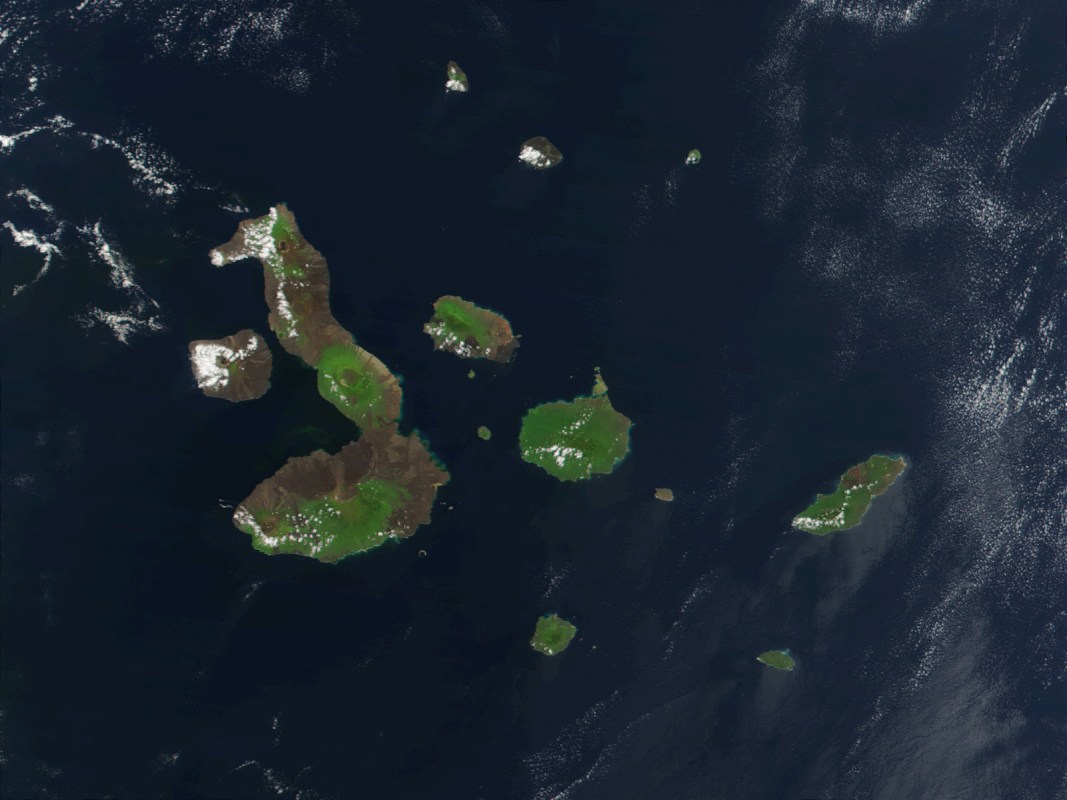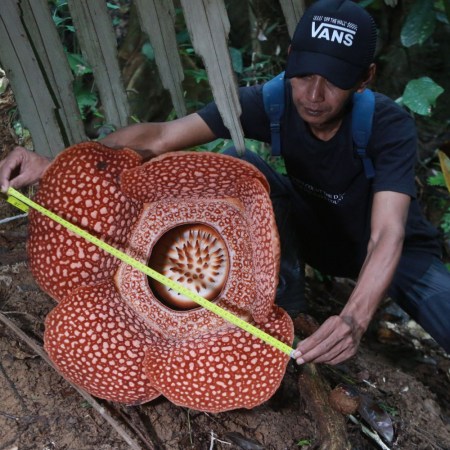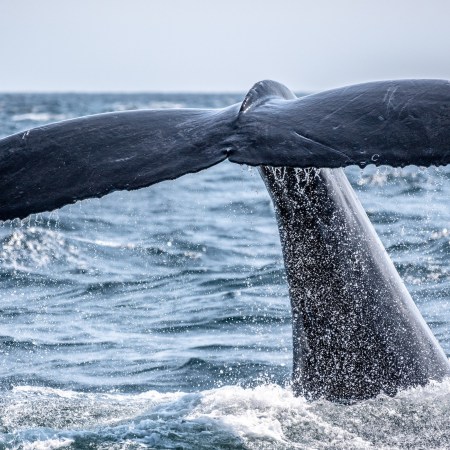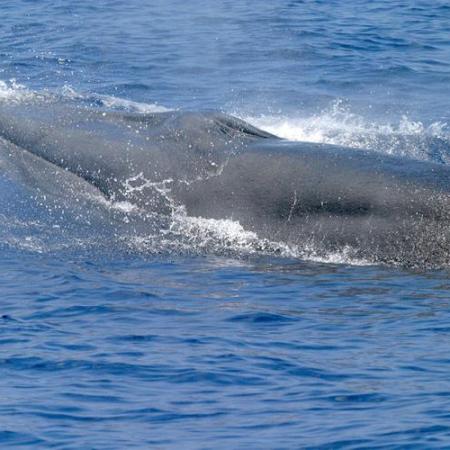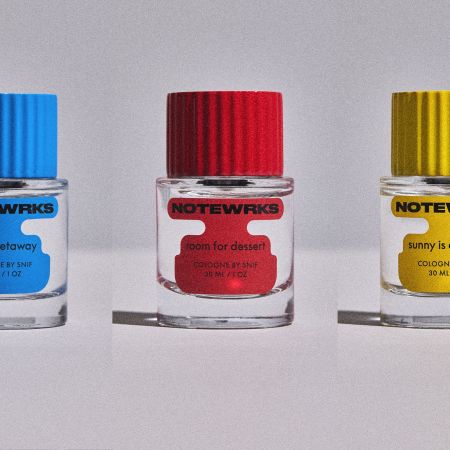In 2009, a group of scientists identified a previously-unknown species of iguana, recognizable by their distinctive pink coloration. As Scientific American reported at the time, the discovery offered new insights into the history and evolution of iguanas. Unfortunately, along with this discovery came another one — namely, that pink iguanas were an endangered species.
As Smithsonian Magazine reports, scientists believe that there are only between 200 and 300 pink iguanas remaining in the wild. This month has brought with it reasons to be optimistic about the species’s future, however. Rangers working for the Galapagos National Park Directorate and the Galapagos Conservancy recently observed newly-hatched pink iguanas for the first time.
According to a statement from the Galápagos Conservancy, the biggest threat to pink iguanas doesn’t come from humans. Instead, hatchlings are a favorite meal of the island’s feral cat population — which will probably make for a thrilling nature documentary before too long.
There’s an upside in knowing about the feral cats’ propensity for devouring young iguanas, though — this gives the organizations tasked with protecting them a clearer indication of what needs to be done. “The discovery of the first ever nest and young Pink Iguanas together with evidence of the critical threats to their survival has also given us the first hope for saving this enigmatic species from extinction,” Dr. Paul Salaman, the President of Galápagos Conservancy, said in a statement. Here’s hoping we’ll see more of these iguanas hatching soon.
Thanks for reading InsideHook. Sign up for our daily newsletter and be in the know.
